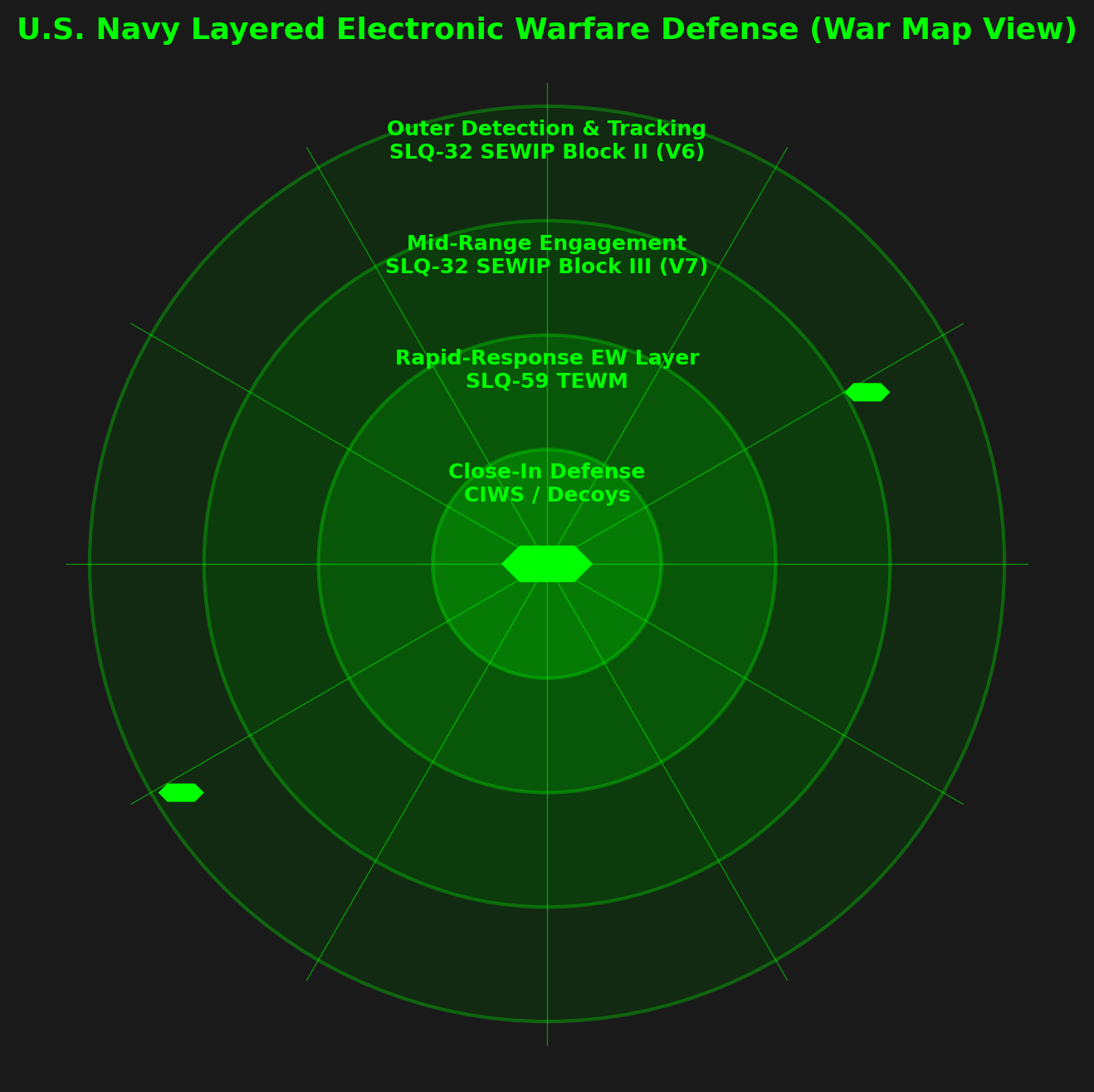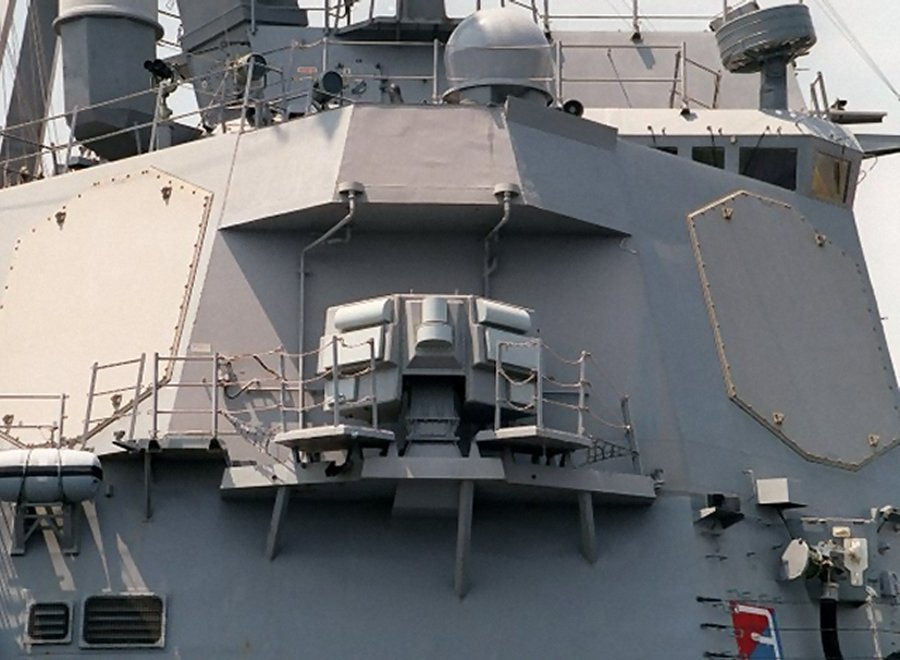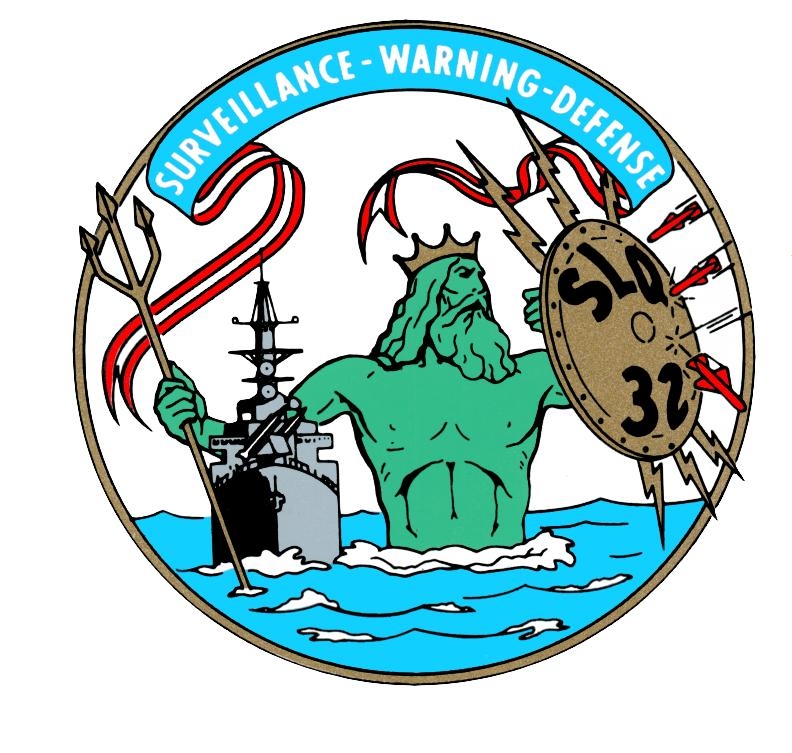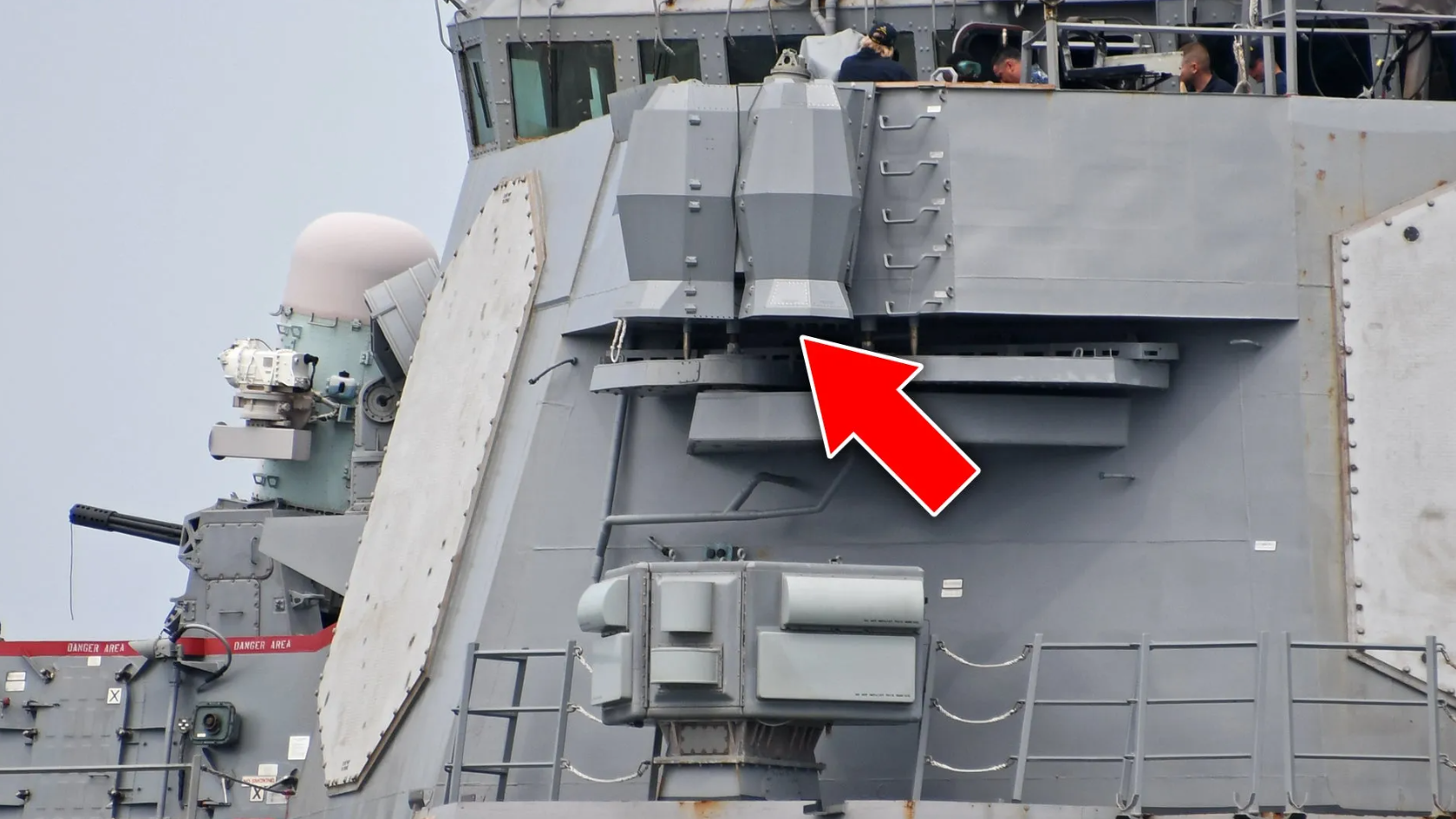
The U.S. Navy’s Evolving Electronic Warfare Arsenal: SLQ-32 and SLQ-59
When it comes to modern naval warfare, the fight isn’t always visible. While missiles, guns, and torpedoes make for dramatic headlines, the unseen battle in the electromagnetic spectrum often determines who wins before a shot is fired. Two of the U.S. Navy’s most important tools in this hidden fight are the AN/SLQ-32 and the newer AN/SLQ-59 electronic warfare (EW) systems. Together, they form a layered defense strategy designed to detect, deceive, and defeat threats long before they reach a ship’s hull.
SLQ-32: The Long-Serving Backbone of Shipboard EW
First fielded in the late 1970s, the AN/SLQ-32—nicknamed Slick-32—was built to give U.S. Navy ships the ability to detect and classify radar emissions from potential adversaries. Over the decades, it became more than just an early warning tool. Through successive upgrades, it evolved into an active electronic attack system capable of jamming or deceiving enemy radars and missile seekers.

The SLQ-32 comes in several variants:
- (V)1: Basic threat-warning receiver.
- (V)2: Adds targeting and fire-control radar detection.
- (V)3: Introduces active electronic countermeasures.
- (V)4: Dual configuration for aircraft carriers and large-deck ships.
- (V)5: Compact jamming module, designed after the USS Stark incident to improve smaller ships’ defenses.

SEWIP: Bringing the SLQ-32 into the 21st Century
Recognizing that Cold War-era systems couldn’t keep pace with modern threats, the Navy launched the Surface Electronic Warfare Improvement Program (SEWIP) to modernize the SLQ-32.
- Block II (V6): Greatly improved sensitivity, emitter identification, and open-architecture software for faster updates.
- Block III (V7): Adds high-powered electronic attack capability, giving ships the ability to disrupt incoming missile guidance systems and sophisticated radars.
These upgrades not only improve detection range but also enhance the SLQ-32’s role as an integrated part of a ship’s combat system—able to pass threat data directly to weapons, decoys, and other ships in the task force.
The Need for Flexibility: Enter the SLQ-59
While the SLQ-32 is powerful, it’s also an integrated system—meaning it’s tied into a ship’s combat architecture and takes time to install. The AN/SLQ-59, also known as the Transportable Electronic Warfare Module (TEWM), was developed to meet urgent needs in rapidly evolving operational environments, particularly in the Indo-Pacific.
The SLQ-59 is modular and plug-and-play. It can be rapidly mounted on different ships—even those not originally equipped with advanced EW suites—giving the Navy the ability to tailor its defenses for specific missions or areas.
Some of its likely strengths include:
- Countering endgame missile threats before they strike.
- Defending against drone swarms and fast inshore attack craft.
- Operating in a networked EW environment, sharing data and receiving targeting information from other platforms.
Its modular nature also means it can be upgraded quickly, keeping pace with adversary advancements without waiting for major shipyard periods.

A Layered Defense in the Electromagnetic Spectrum
In practical terms, the Navy’s modern EW defense works like a layered shield:
- Outer Layer – SLQ-32 SEWIP Block II detects and classifies threats at the greatest possible range, giving commanders maximum time to react.
- Middle Layer – SLQ-32 SEWIP Block III can actively disrupt or deceive missile seekers and targeting radars.
- Rapid-Response Layer – SLQ-59 TEWM provides flexible, targeted jamming for immediate threats, including unconventional or sudden attacks.
- Inner Layer – Close-In Weapon Systems (CIWS) and decoys handle any threat that gets through the electronic shield.

Why This Matters
The global maritime environment is becoming increasingly contested. Advanced anti-ship missiles, unmanned surface and aerial systems, and electronic surveillance assets are proliferating—not just among peer competitors like China and Russia, but also in the hands of smaller regional powers and even non-state actors.
By pairing the deeply integrated, long-range capabilities of the SLQ-32 with the rapidly deployable, mission-flexible SLQ-59, the U.S. Navy is ensuring that its ships can respond to both predictable and unpredictable threats. This dual approach reflects a simple truth in modern naval warfare: control of the electromagnetic spectrum can mean control of the fight.

%402x%20(1).svg)
%402x.svg)
%402x.svg)


%402x%20(dark).svg)
%402x%20(dark).svg)
%402x.svg)
%402x.svg)
%402x.svg)